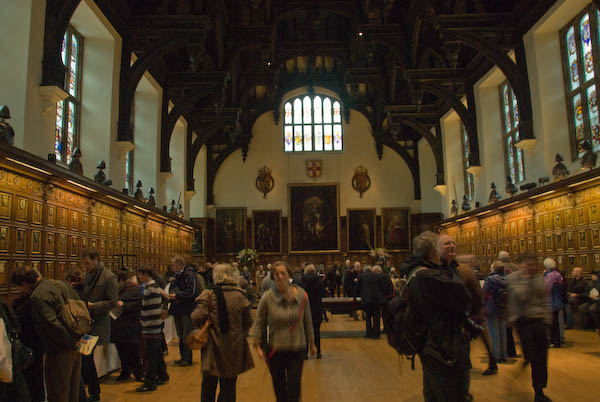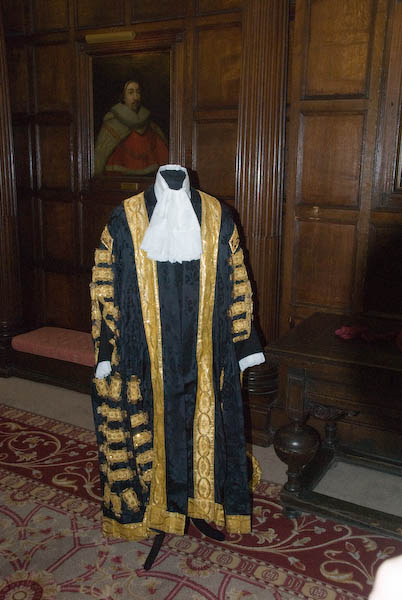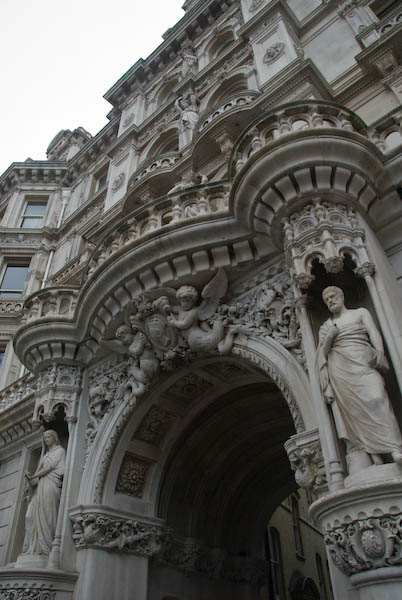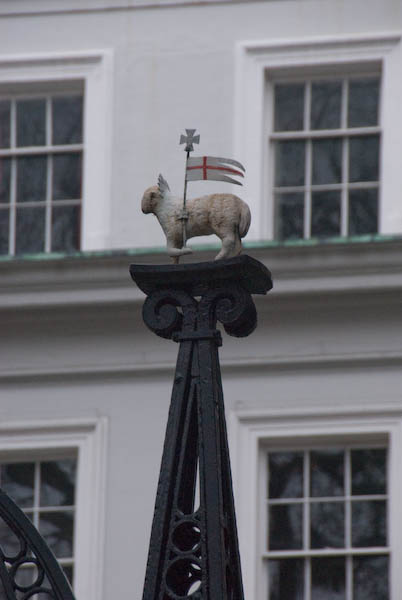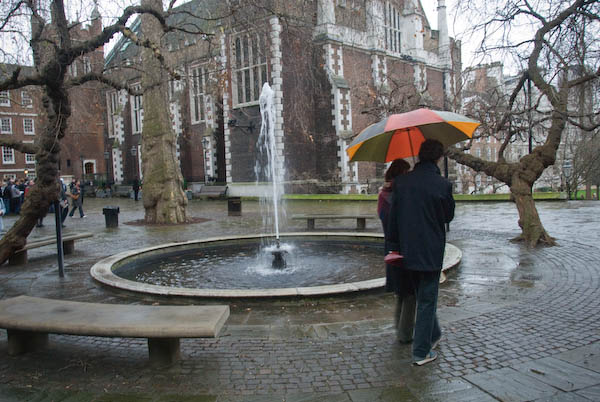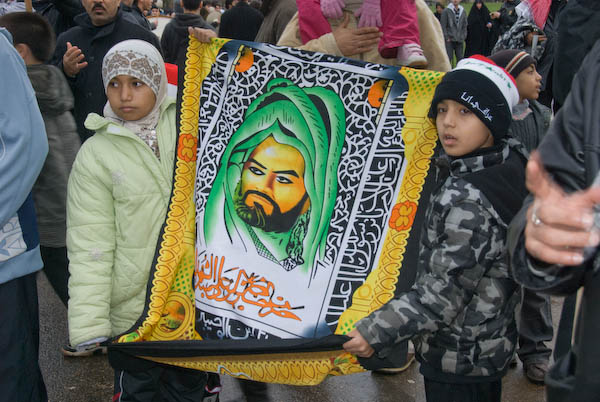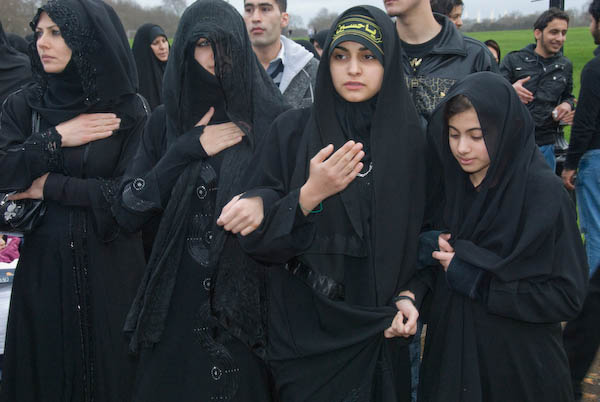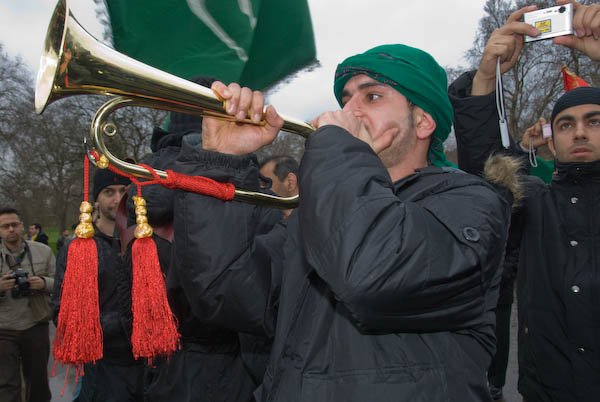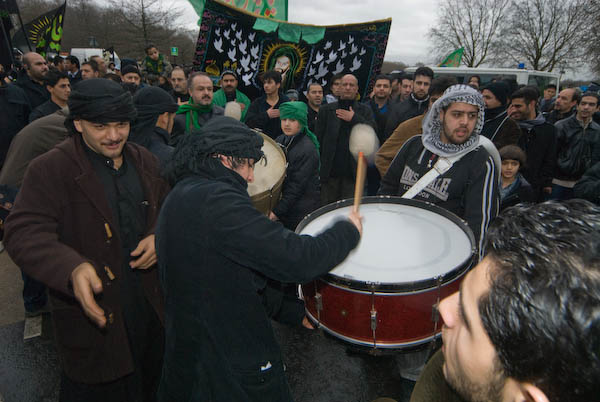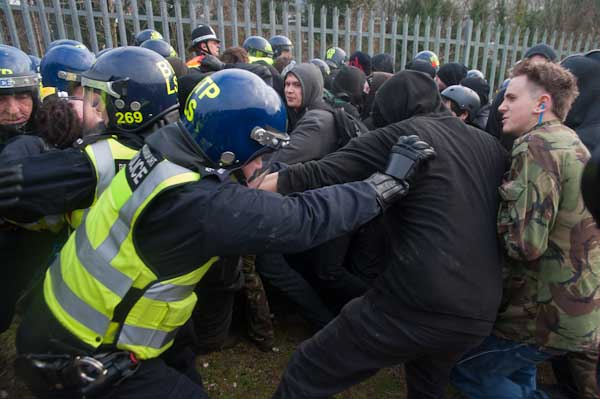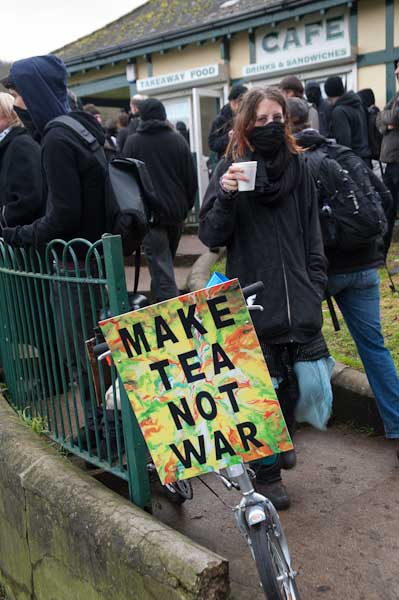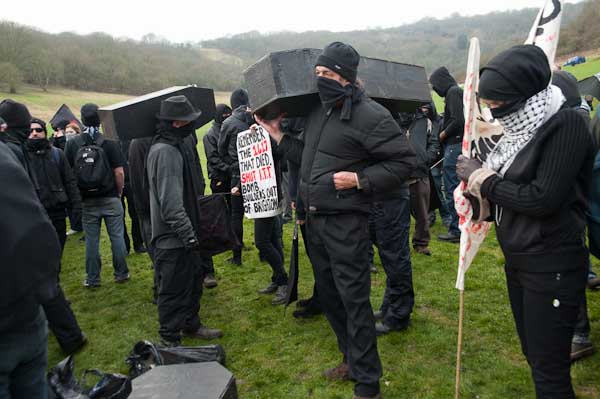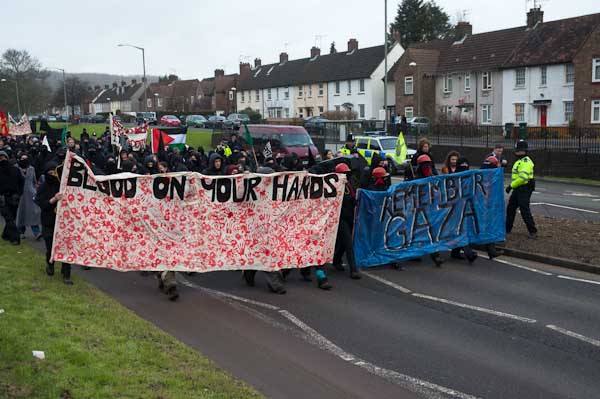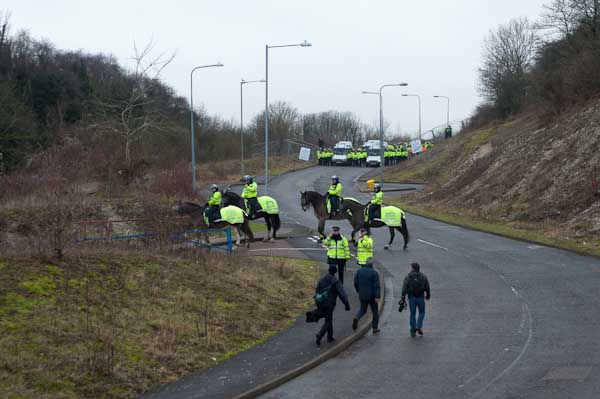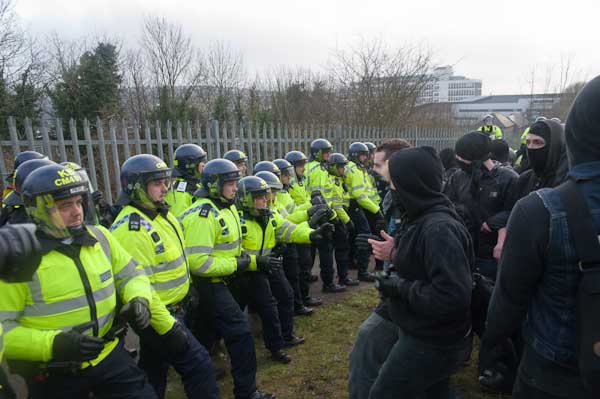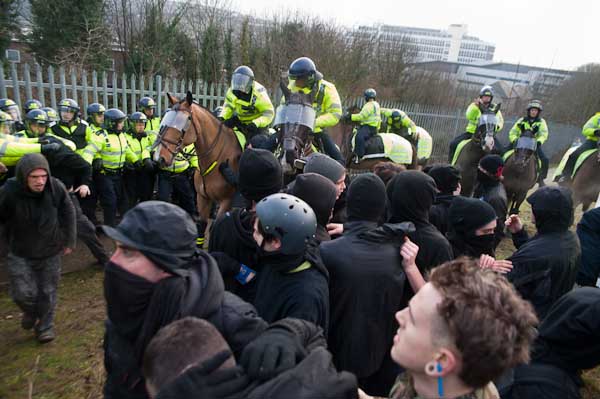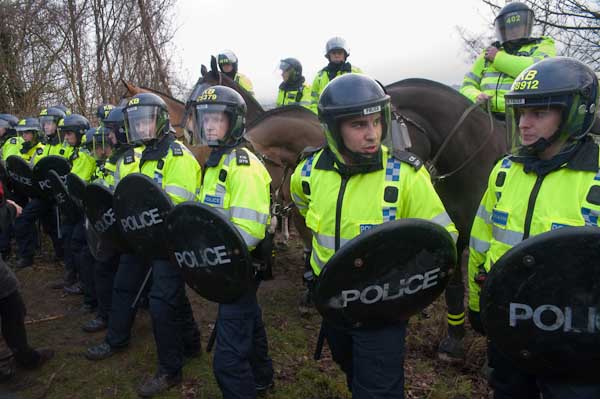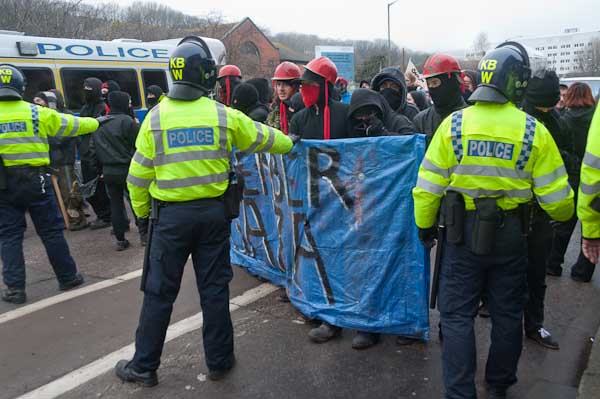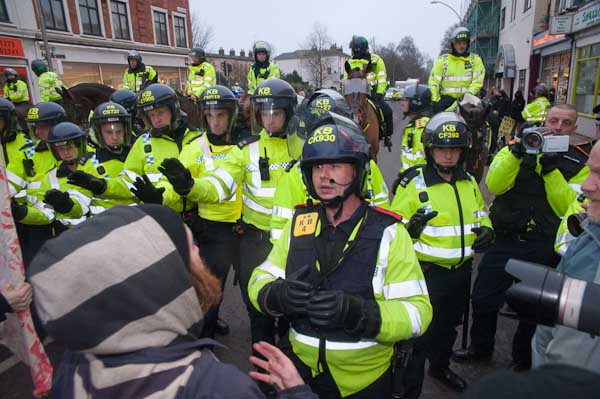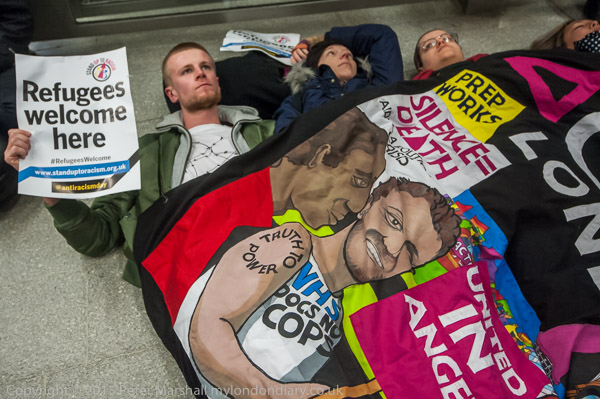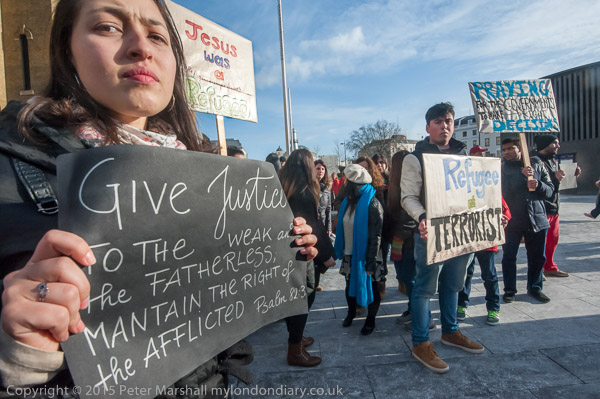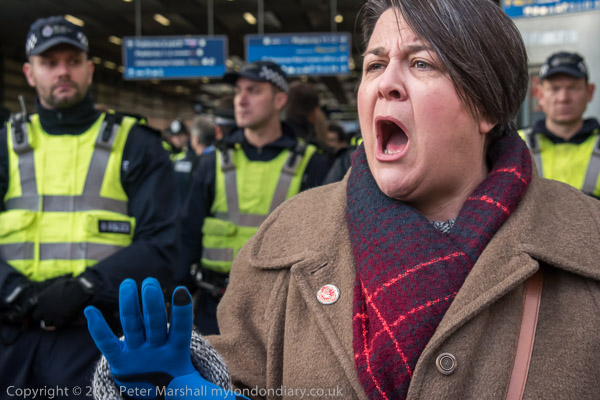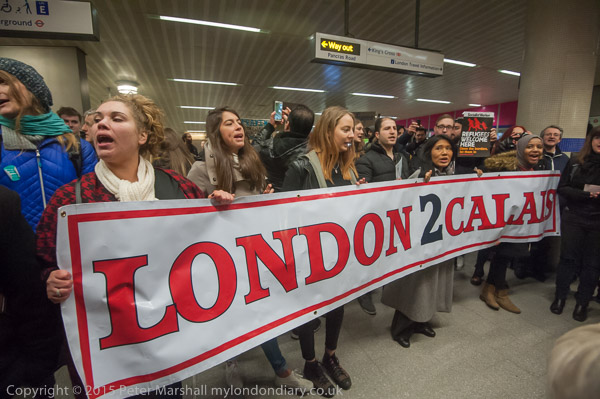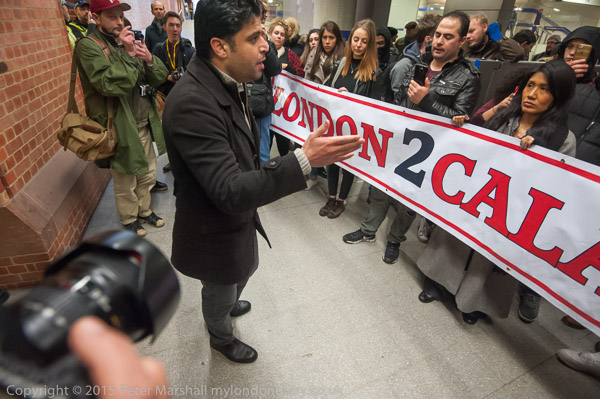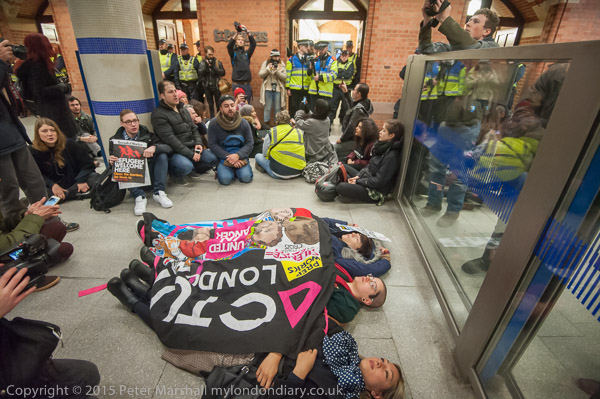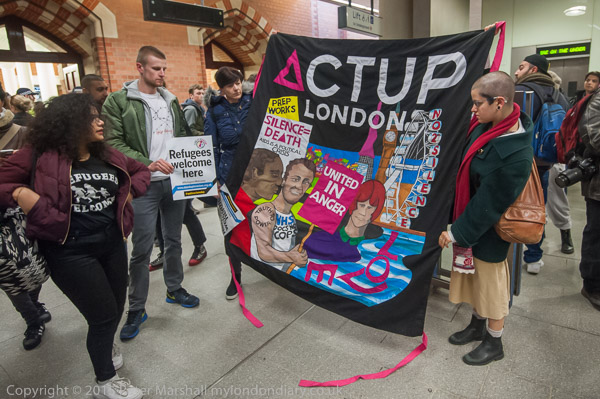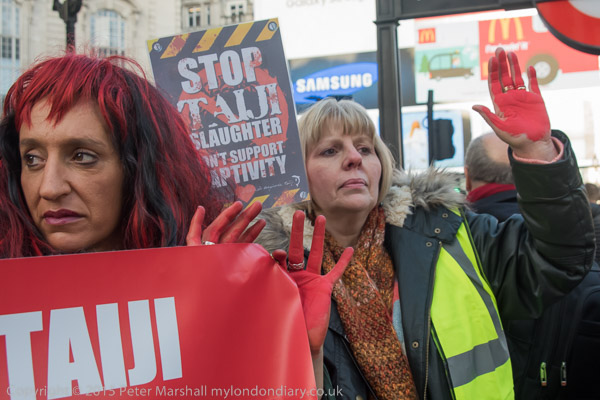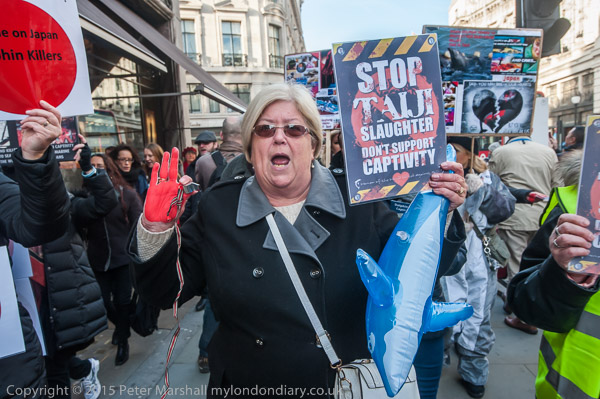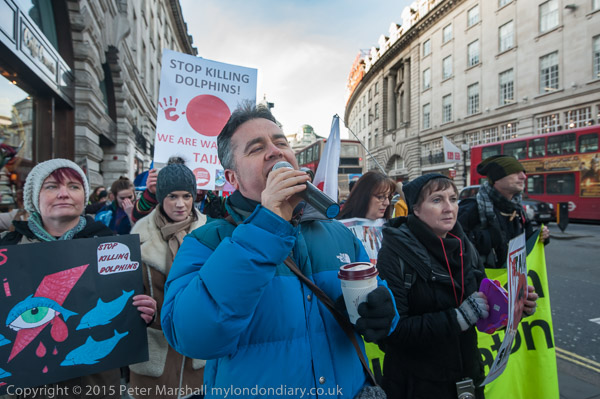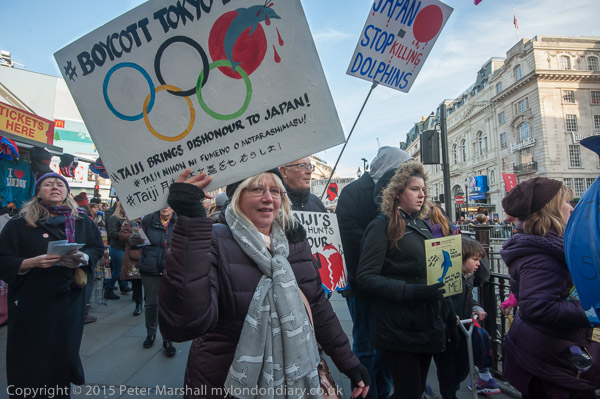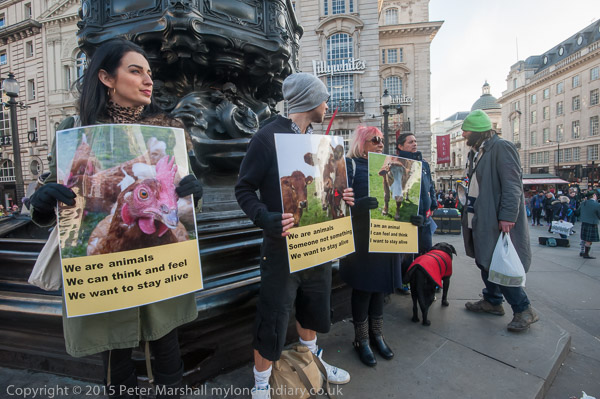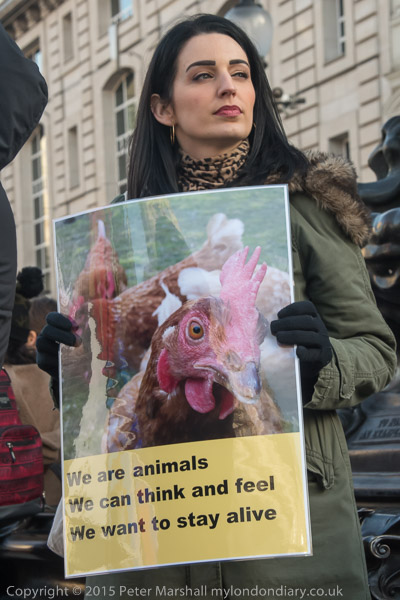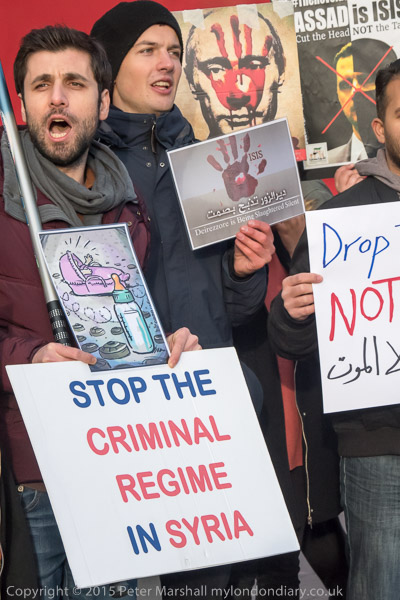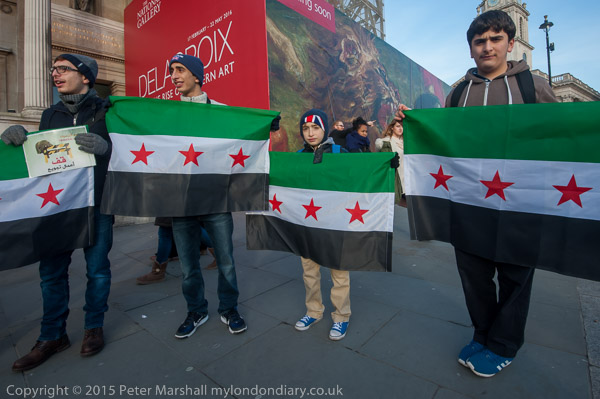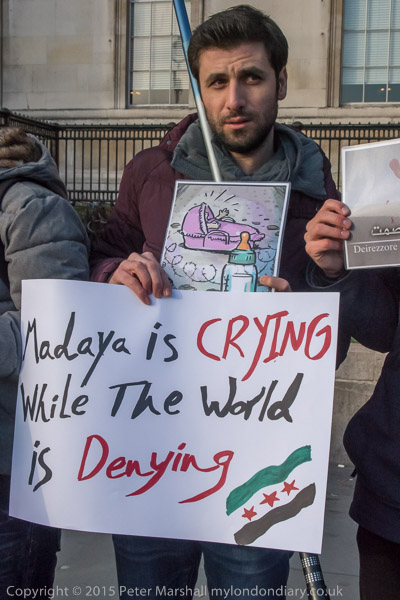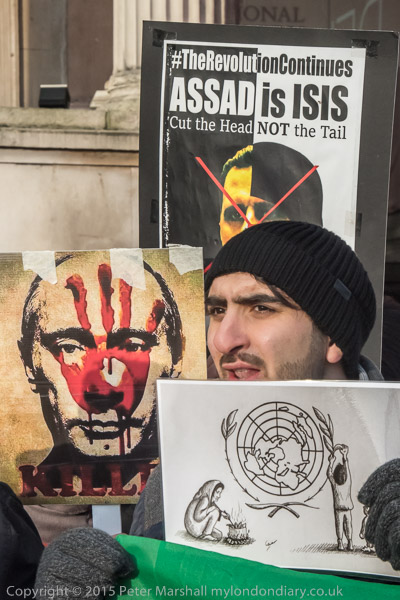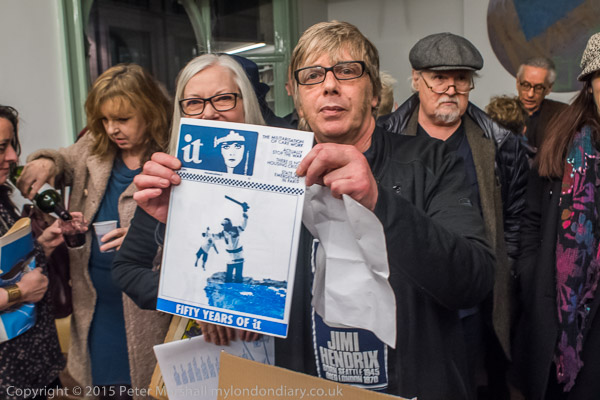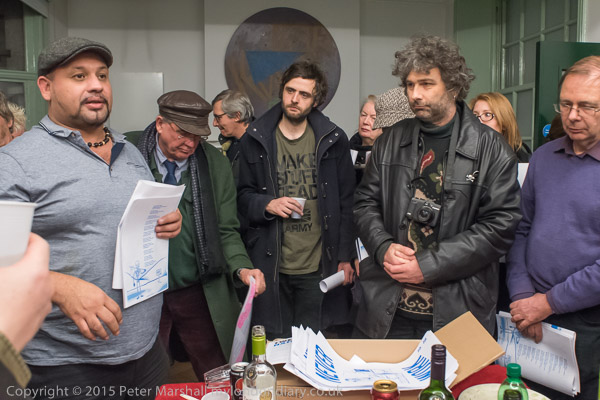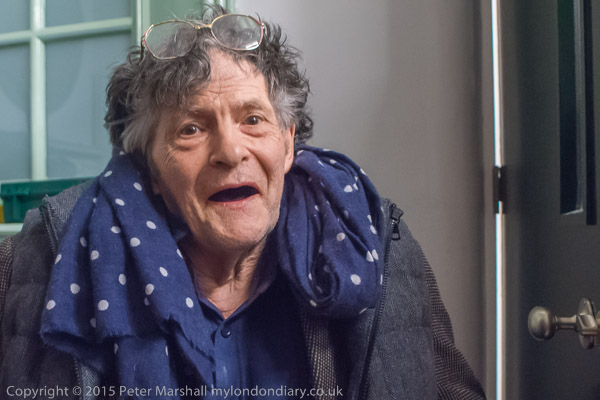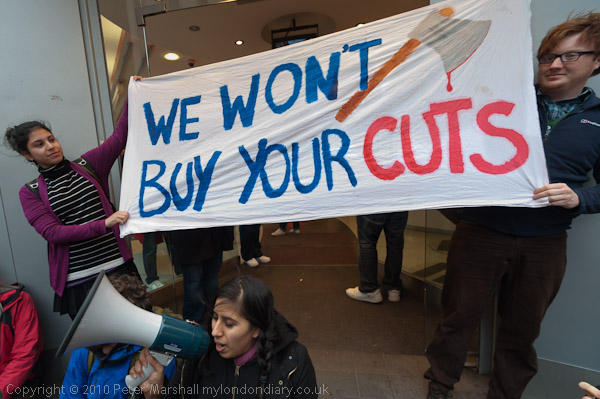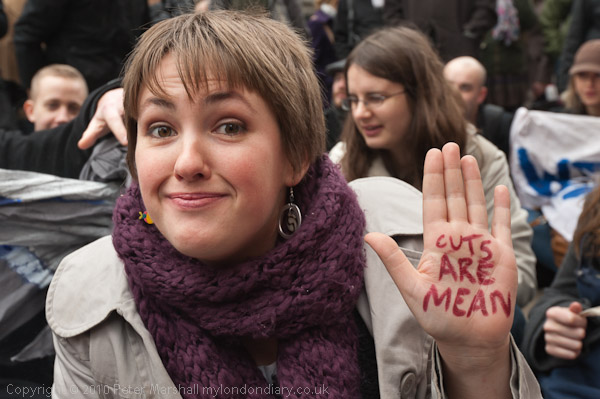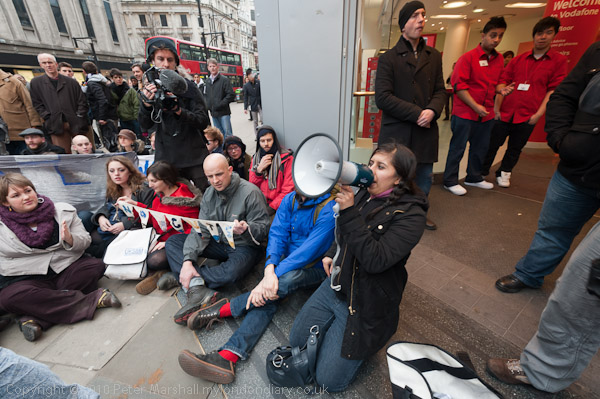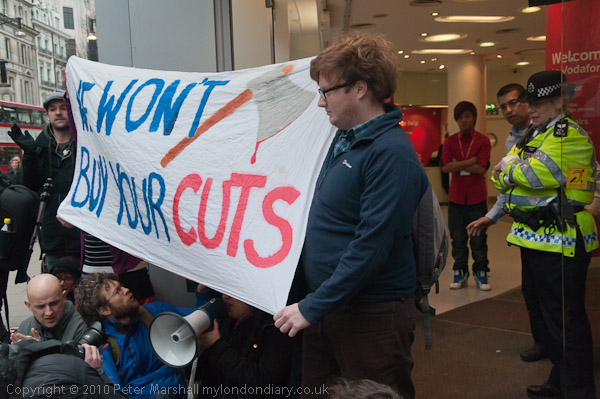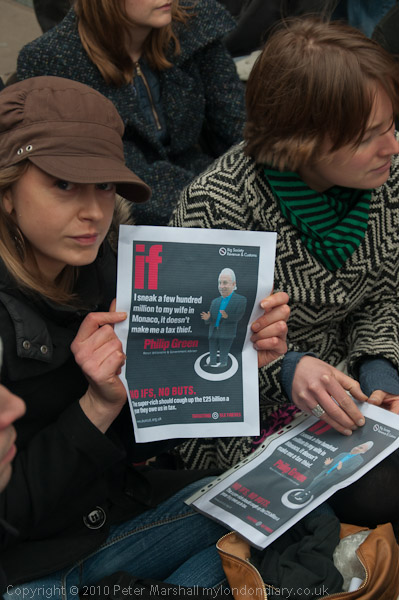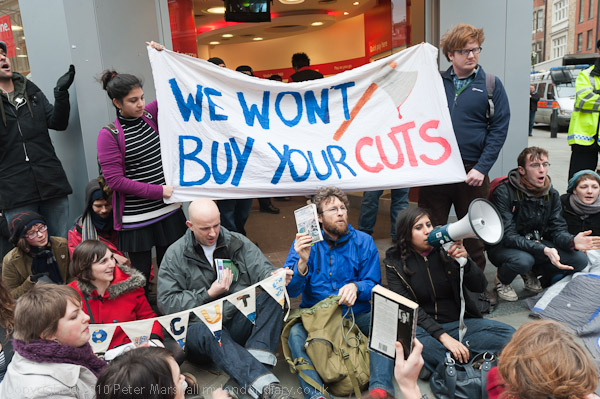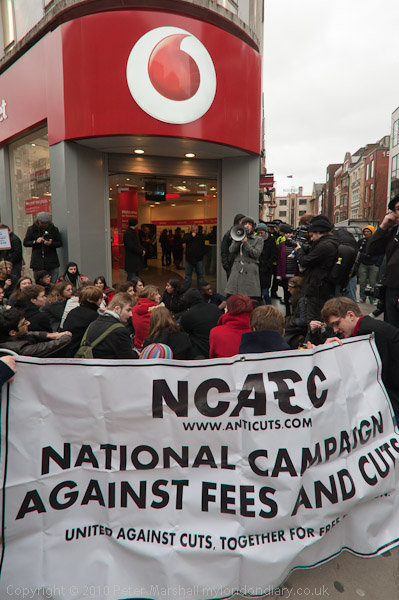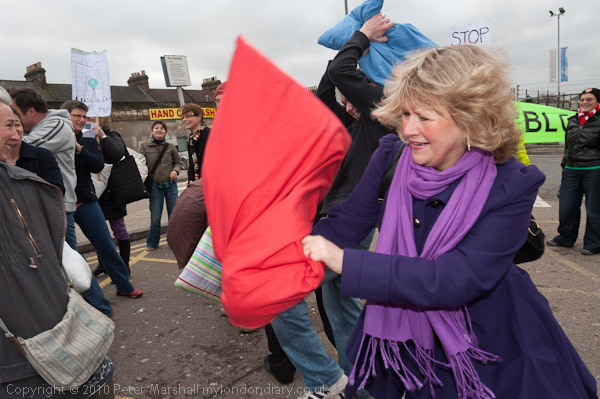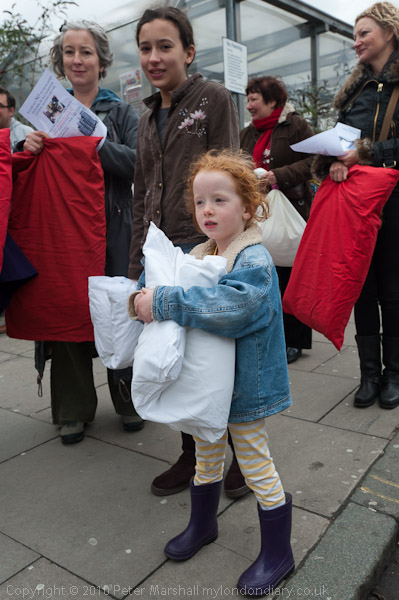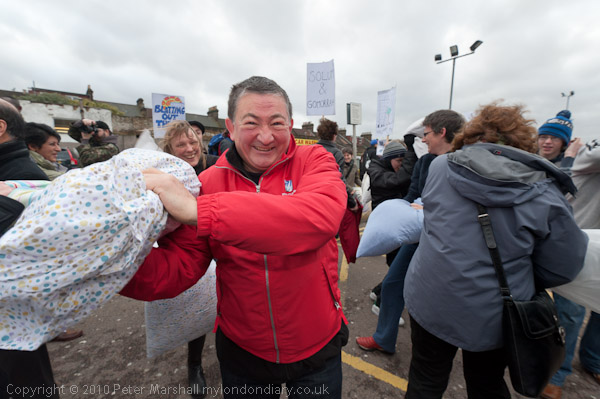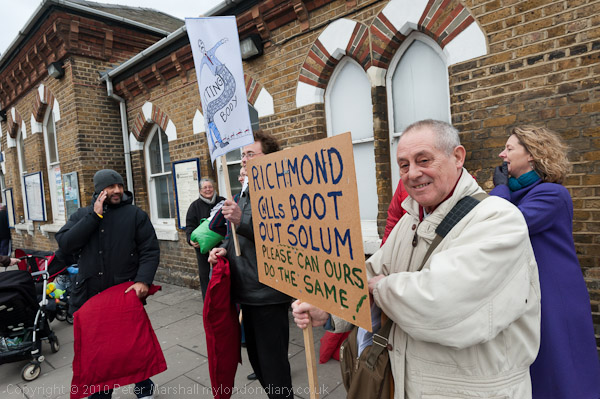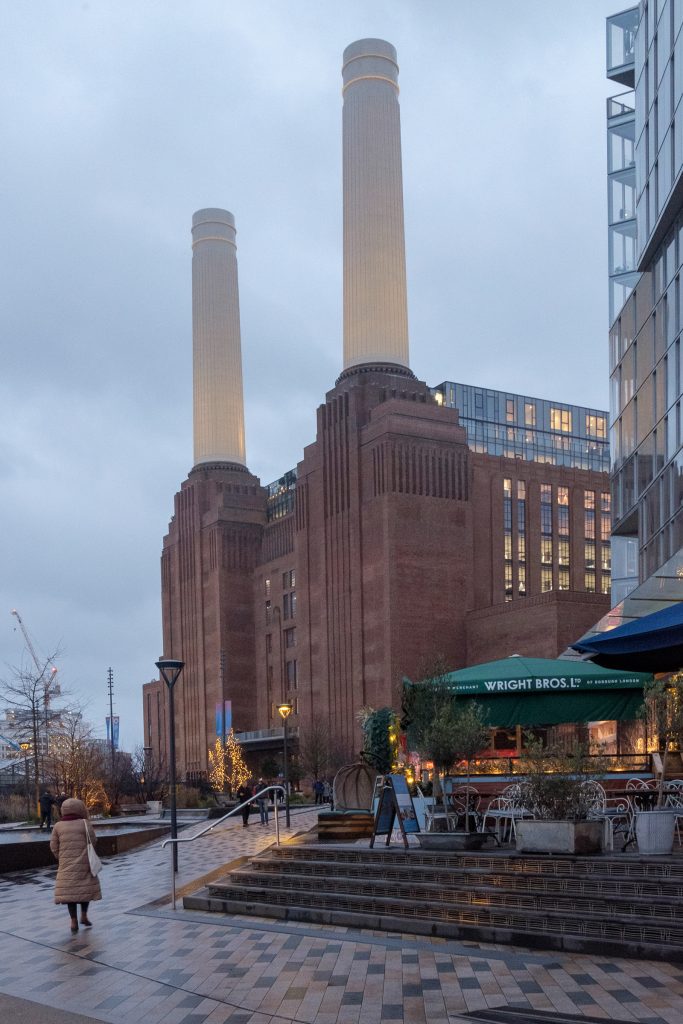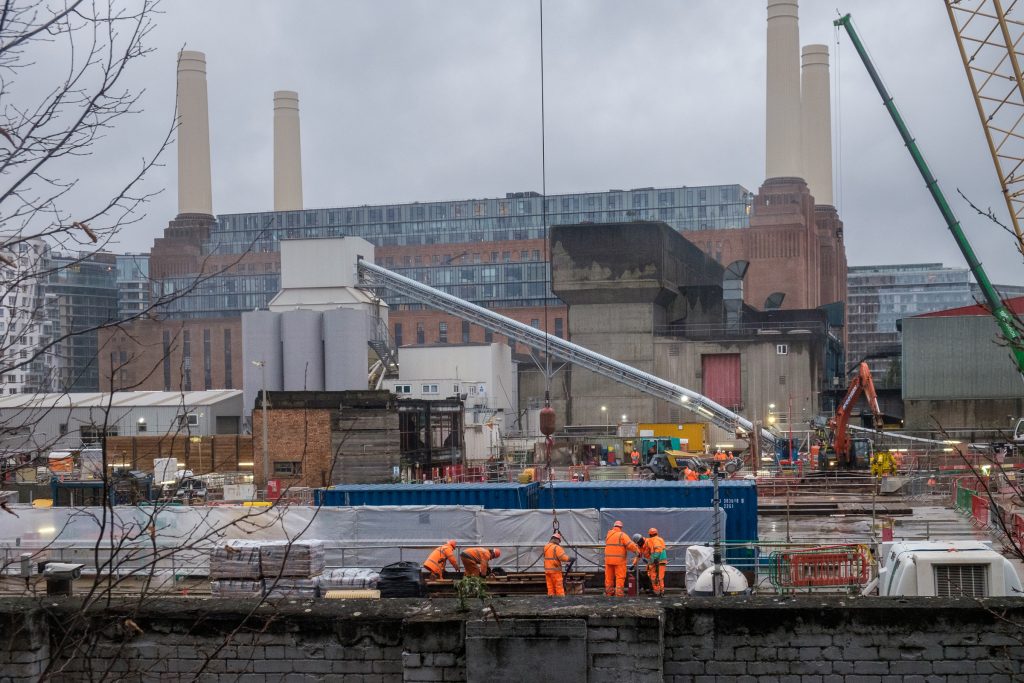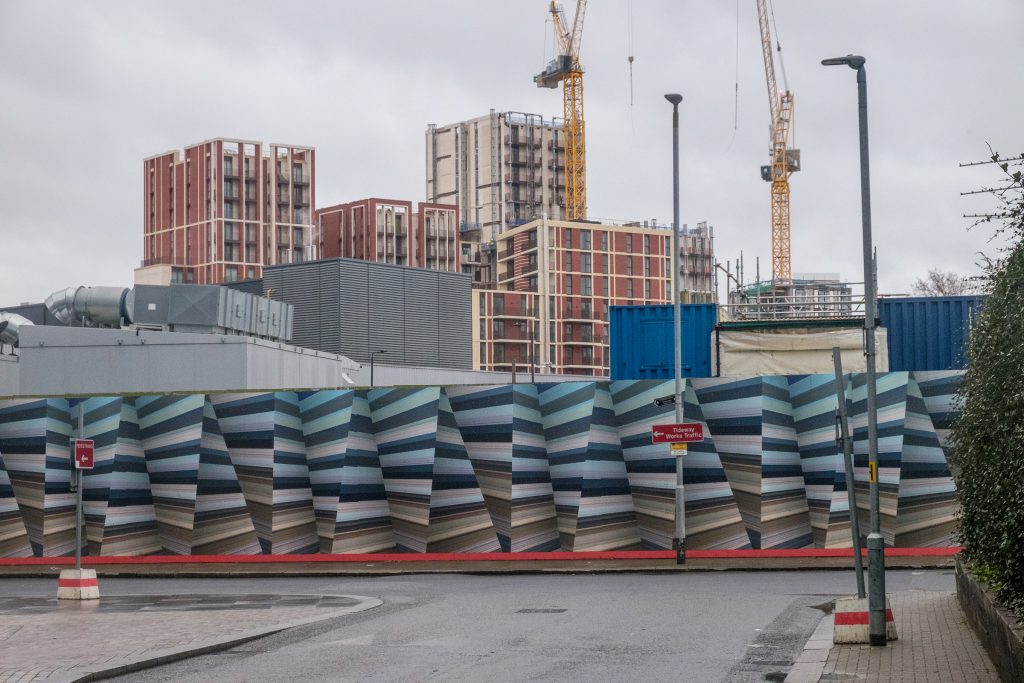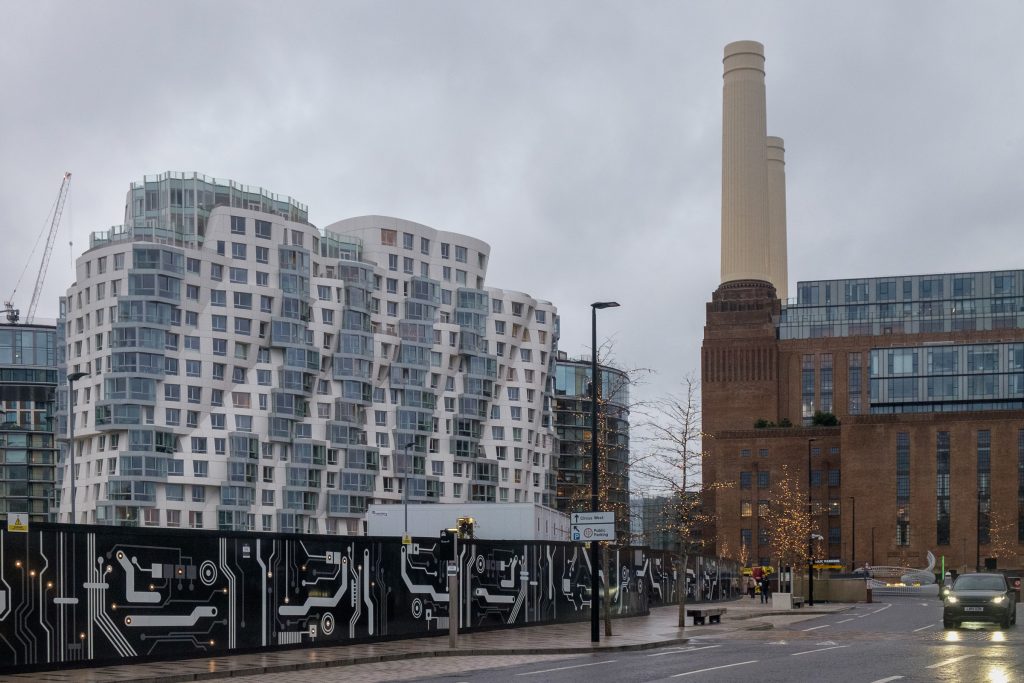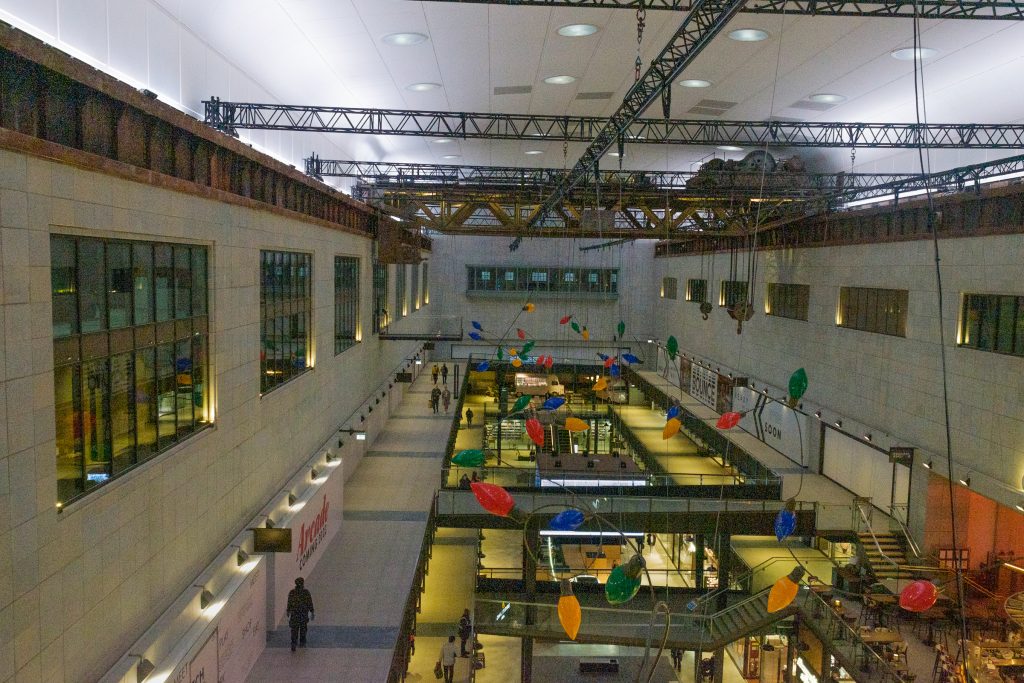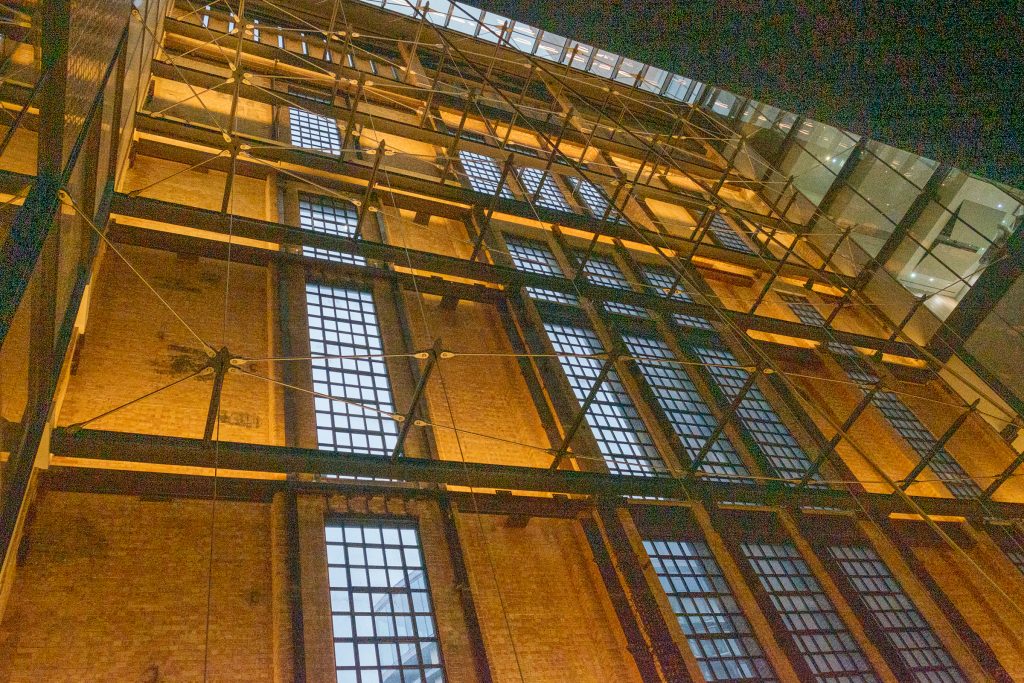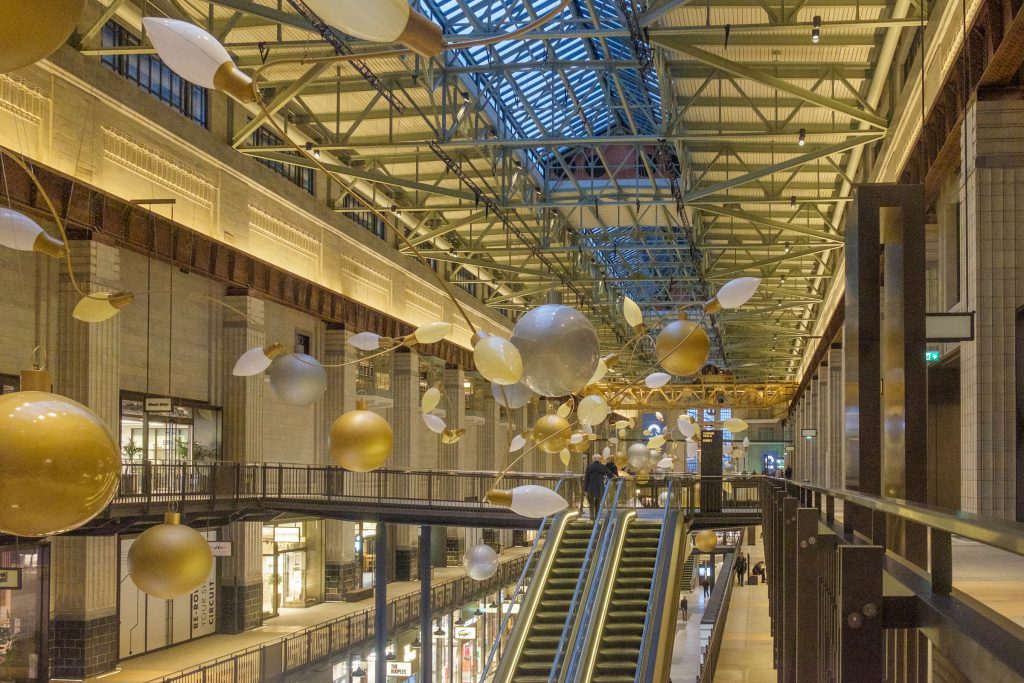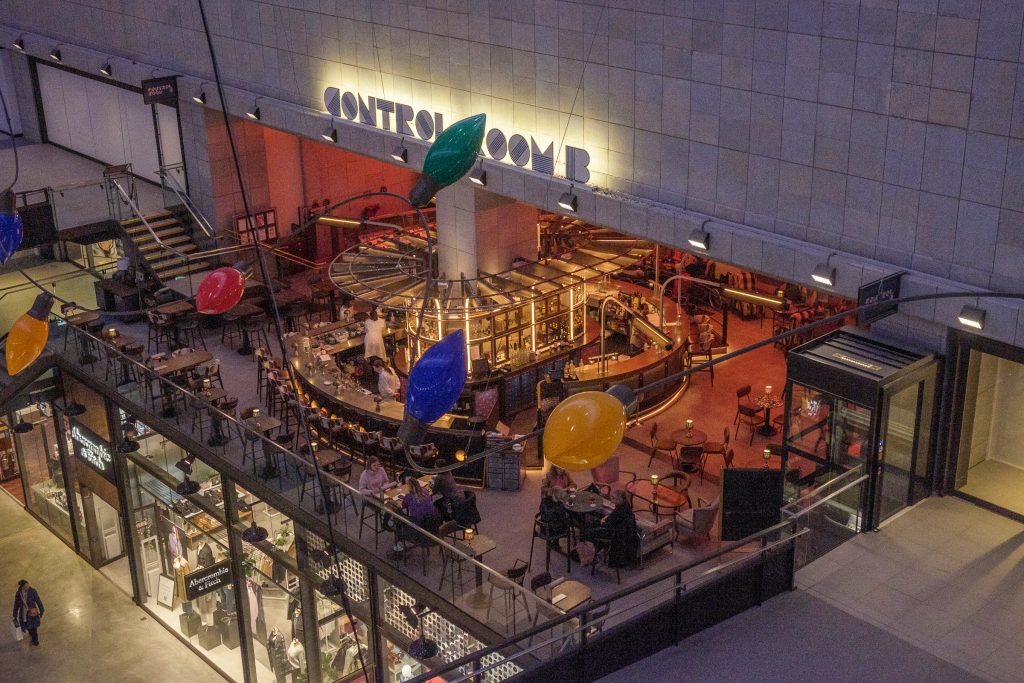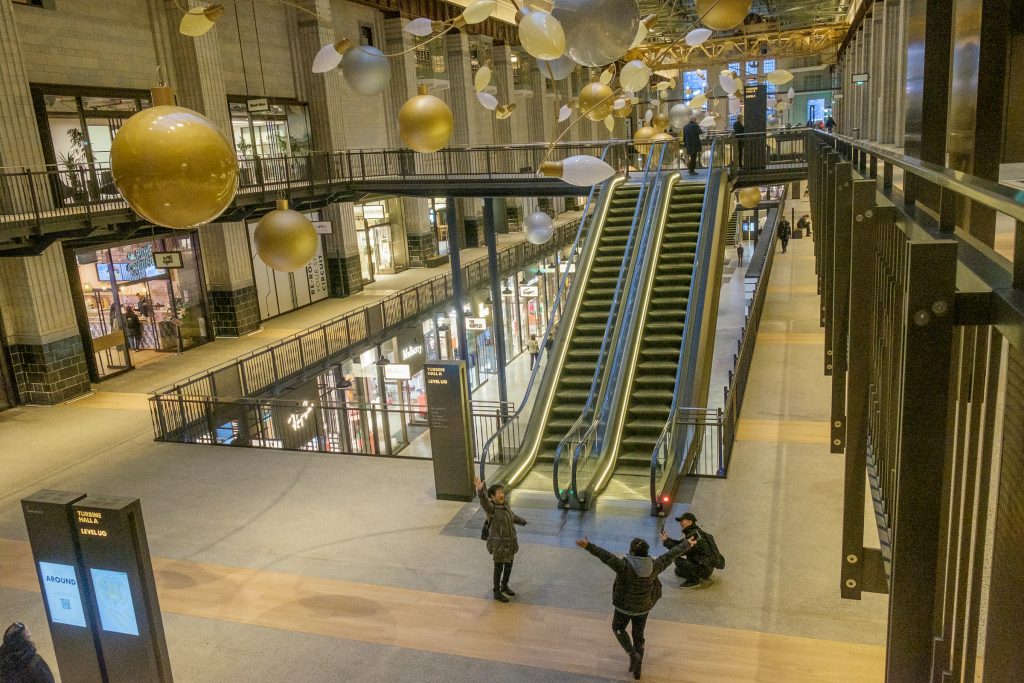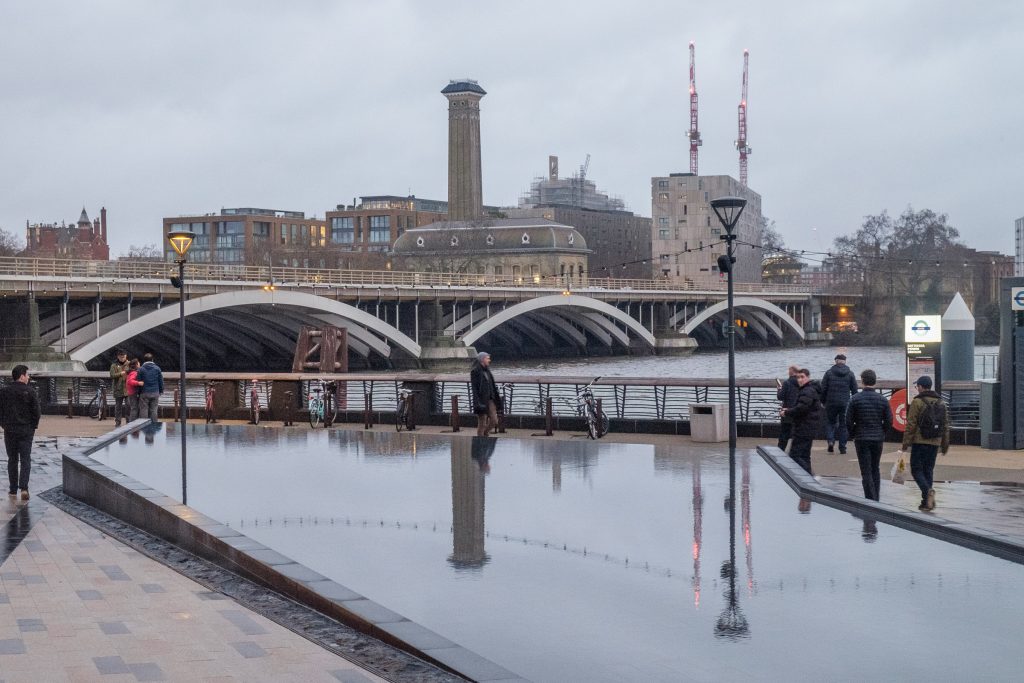Protest march to US Embassy, Saturday Jan 21st 2006
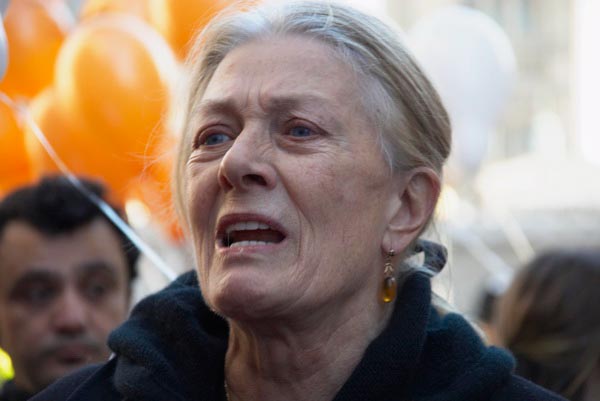
Seventeen years ago now seems like another age. And my post on this protest on My London Diary looks rather different to those on more recent events in various ways. Not least in that you will need to scroll down the page to find the both the story and the pictures.
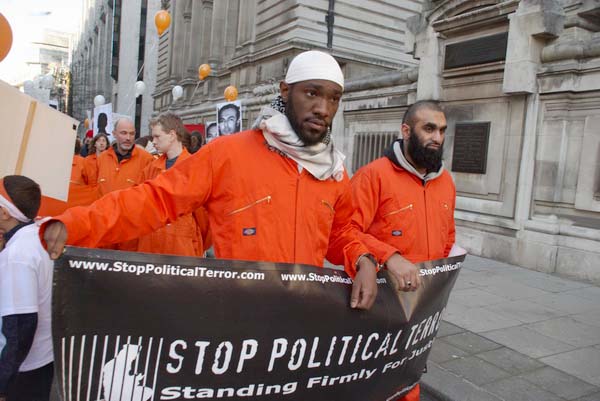
2006 was perhaps when ‘My London Diary’ began to seriously post about protests in London, though there are some from previous years since 1999 on-line. Although I’d switched to digital at the end of 2002 I was working for a few years with both digital and film, partly because for a while didn’t have good wide-angle lenses for my Nikon digital camera. But although I’d had a D100 and then a D70, neither was really as good a camera to work with as my film cameras, with rather dim, small viewfinder images.
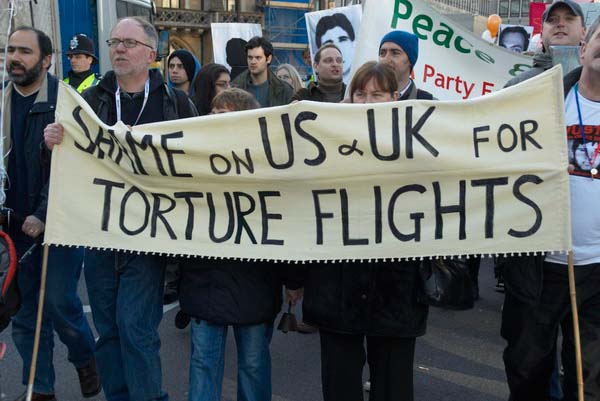
The D200 which I bought as soon as it came out at the end of 2005 improved that significantly, and by the start of 2006 I had lenses that could cover the range in DX format from 12mm to 125mm (equivalent to 18-187mm) as well as a fisheye. Although the D100 had been usable, this was the first digital camera I owned that felt a good camera to use.
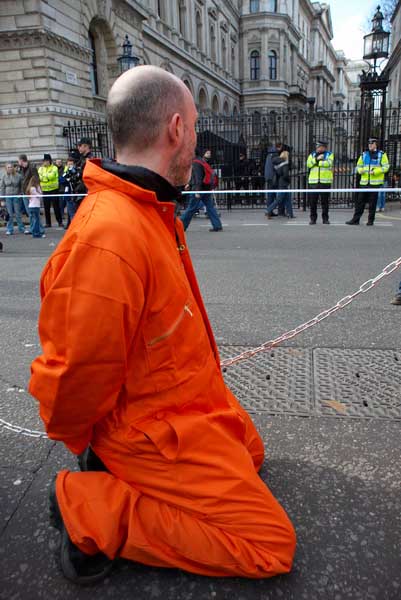
So far I’ve only published two books of my protest pictures, one with the title ‘2006: My London Diary‘ which includes single pictures from many of the protests I covered in that year, and the second, a cheaper magazine with my pictures of the Class War ‘Poor Doors’ protests in 2014-5.
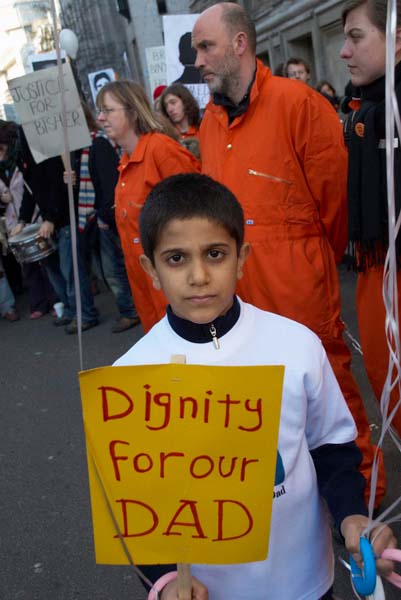
Back in 2006 there were still an number of men with British resident status still held in Guantanamo, Omar Deghayes, Binyam Mohammed, Shaker Aamer, Jamal Kiyemba, Bisher Al-Rawi, Jamal El Banna, Ahmed Errachidi, Ahmed Ben Bacha and Abdulnour Sameur, most with British wives and families, men who had worked here and paid their taxes to this country.
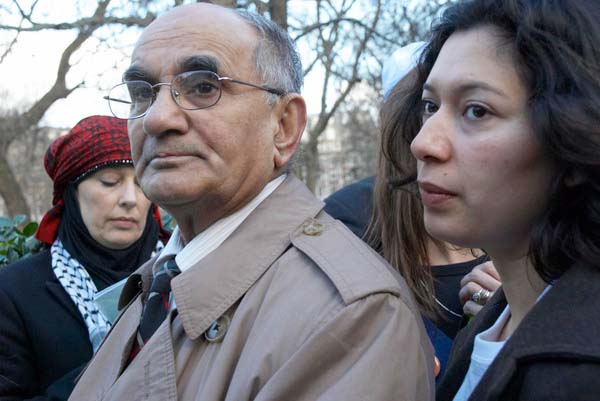
All were being treated inhumanely, with those on hunger strike – including Omar Deghayes – being force fed in a particularly painful manner using nasal tubes. A previous assault by prison guards using pepper spray had resulted in Omar losing the sight of one eye.
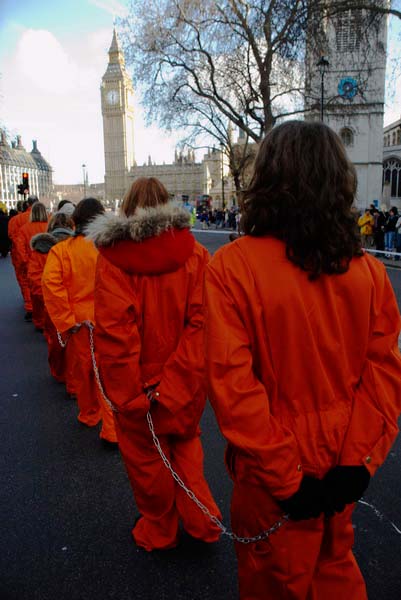
Members of the families of these men took part in the march and they were represented by people dressed in some chained together. The march began close to Methodist Central Hall, where the inaugural meeting of the UN had taken place, and there British ex-Guantanamo prisoner Moazzam Begg and others including Bruce Kent and Vanessa Redgrave spoke about the shame the British nation feel at our nation’s collusion in this US war-crime.
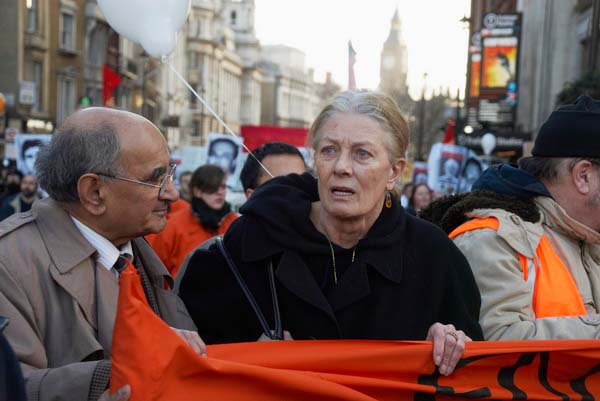
The march paused for a protest in front of Downing Street and then moved on down Whitheall, making its way to the USA embassy in Grosvenor Square.
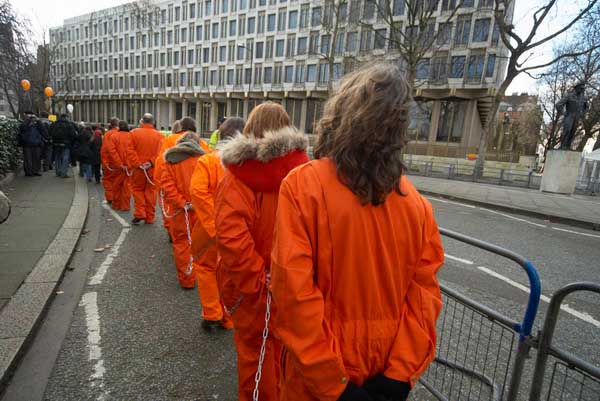
There were more speeches to the large crowd taking part in the protest in front of the US embassy, including by the father of one of the detainees and Labour Pary stalwart Walter Wolfgang.
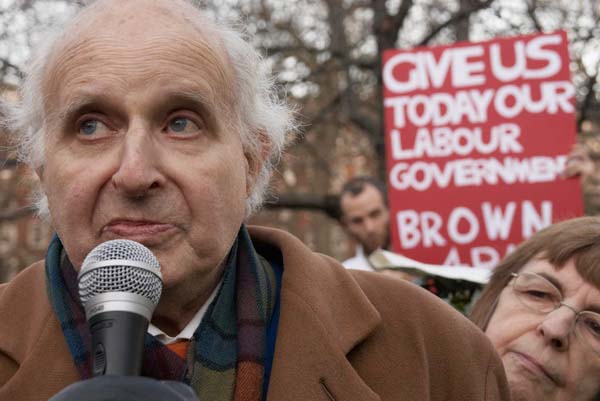
More pictures on My London Dairy begin here. You can read my text from 2006 some way down the January 2006 page.








